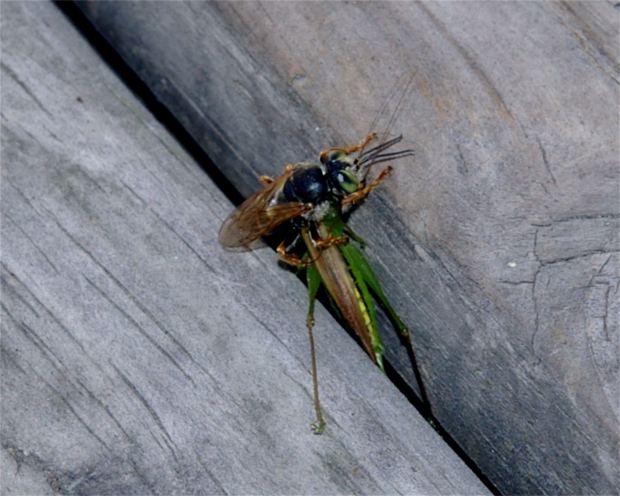Dexway English Magazine: B1 – Edition 6
Emotional Intelligence
HOW WELL DO YOU KNOW YOURSELF?
We might describe these people as unemotional but in fact these people have a high degree of Emotional Intelligence: EI. They know themselves so well that they are able to sense the emotional need of others deal with situations effectively. Organisations are using EI to hire and promote with a great deal of success.
So exactly what is EI and how can you improve yours? Tact and cleverness are important because we all have different personalities, wants and needs. EI is the ability to understand and recognise your own emotions and how they affect the people around you. Being able to understand how someone else feels. American psychologist Daniel Goleman has defined EI with five elements.
Self-awareness:Understand your own emotions and don´t let your feelings rule you. Look honestly at themselves, their strengths and weaknesses.
Self-Regulation:Controlling your impulses and emotions to not make careless decisions. They think before they act.
Motivation They are willing to defer immediate results for long-term success. They are very productive and love a challenge.
Empathy: Identify with and understand the wants, needs and viewpoints of others. They do not judge others and are open and honest. Social Skills. They are easy to talk to, team players, and communicate well.
Great ways to help improve include: Observe how you react to people, your work environment, do a self-evaluation, examine how you are in stressful situations, look at how your emotions affect others and take responsibility for your actions.

Good Deeds
KEEP CALM AND…..
There´s a relatively new Internet movement that has gained a lot of popularity in primarily English speaking countries called “KCCO”. It stands for “Keep Calm and Carry On”. The origin of these letters can be traced back to World War II. It was the third part in a series of motivational posters produced by the British government in 1939 to try and boost morale of the public in the aftermath of bombing and air attacks. It was not a very wide spread campaign and many of the ads were never posted.
In 2000, the poster was rediscovered at a bookstore and many companies have been using it for a decorative theme on a variety of items. It began as a bit of British nostalgia, but now become an international industry. The message is quintessential British, but people now can identify and relate to it in our modern and sometime turbulent times.
As the saying has gained popularity, many parodies of the widely used slogan have been made such as “Keep Calm and Have a Cupcake” replacing the British crown with a cupcake. It´s been made very popular on an American site that has a photo thread of random acts of kindness such as large tips for service people, shovelling someone’s driveway, putting money into a meter when the time has run out.
Small Talk
TALK!
There is nothing small about small talk, it is an incredibly important tool which can give you many friends. But like everything, small talk has rules which need to be followed:
- Be open: If you are not approachable, people won´t talk to you.
- Give a greeting: Introduce yourself: “Hello, my name is Mary. What is your name?” Remember when the other person says their name, repeat it. “Hello John, nice to meet you.” This is a good strategy for remembering names.
- Find common ground. By asking probing questions you might find that the other person has the same hobby as you, or went to the same school. Remember six degrees of separation!
- Encourage the other person. Ask follow up questions to engage the other person in conversation. Remember that a conversation controlled by you has more of you listening and less of you speaking.
Say goodbye: This is the second most important part after saying hello. Thank the person for taking the time to talk to you and reinforce the time and date of your next meeting
Arts and Culture
Art is a way for people with common interests to come together and share an experience. It is a form of expression like no other.
Art throughout history has changed the way people think and live. It can take form in paintings, sculptures, photography, architecture and may other visual arts. But it is not just limited to that; music, theatre, film, dance and literature can also be an art form all to itself.
There are few painters in the world who have changed the modern art world more than Pablo Picasso. His contributions to the history of art have had a great impact on art. His invention of the new style of painting called cubism made that his amazing kind of art that spoke more than words ever could.
He was born in Malaga Spain in 1881 and was heavily encouraged by his parents to pursue being an artist.
He was a very independent and a free thinker, preferring to paint what he wanted instead of the assigned projects given to him by his teachers at the Royal Academy in Madrid. He developed a very unique style and sent powerful messages about politics, society, love and peace.
“I paint objects as I think them, not as I see them,” said Picasso.
London Cable Car
TRANSPORT
Now you can take a trip on the Emirates Air Line for £3.60; although you won’t be flying from London to Dubai and you won’t quite reach 30,000 feet, you will experience some incredible views over East London. The new cable car goes from the Greenwich peninsula, near to the O2 Dome to the Royal docks, close to the Excel exhibition centre. The Cable Car is called the Emirates Air Line because it was largely financed by the Emirates airline company.
The cable car will give a fantastic view of an area of London that is much in need of redevelopment. The Cable Car, then has a dual function: 1. Potential investors will build new houses and business in the area served by the cable car and 2. When these houses and businesses are built, they will have an over-ground transport link to the centre of London. This is good for London, a city which is over-loaded with cars. London was one of the first cities to introduce congestion charging to stop cars from entering the city centre. It was suggested that this would force people onto the London Underground, into taxis and out of town Park and Rides schemes.
Those people addicted to their cars find being prevented from using them as an insult to their rights. But a city without cars is safer and cleaner.
BUGS!
IT´S WHAT´S FOR DINNER!
Yes you read that right. Bugs! A new United Nations report is saying we should all eat insects. The UN says it is important that we eat insects to help the Earth. The new study called “Edible Insects: Future Prospects for Food and Feed Security” lists 3 main reasons to switch to bugs. 1. They are a healthy and nutritious alternative to mainstream staples such as chicken, pork, beef and even fish. 2. They are better for the environment than breeding cows, sheep, and other animals. 3. “Insect farming” would help millions of poor families around the world eat and start a small business. The act of eating bugs is called entomophagy.
In many Western cultures, insects are seen as a symbol of uncleanliness and poverty. They are unwanted pests that we poison and kill. Lobster, crab and caviar are considered an exotic luxury. Other cultures have insects as part of their diet. For example: deep fried tarantula in Cambodia, bee larvae, fried grasshoppers and scorpions in China, Witchetty Grub (a thick worm) eaten by Australian´s Aboriginal people, crackers made with whole wasps in Japan, Silkworm pupae in South Korea and the list goes on. Some people choose to eat insects because they just like the taste. More than 1,400 species of bugs are eaten in 80% of the world. Ento, a company in London, has started a business selling insect-based food. They are trying to introduce first world nations to the idea of eating bugs. What most people are not aware of is some foods we eat now contain bugs. Starbucks Strawberry Frappuccino has crush bug carcasses in the red dye to make their drinks red.
What is on your plate?

